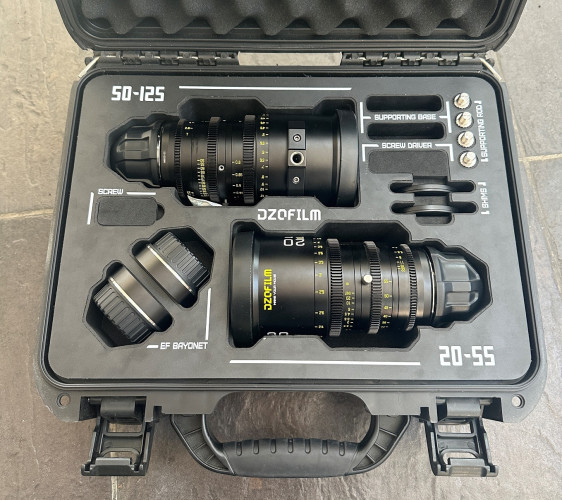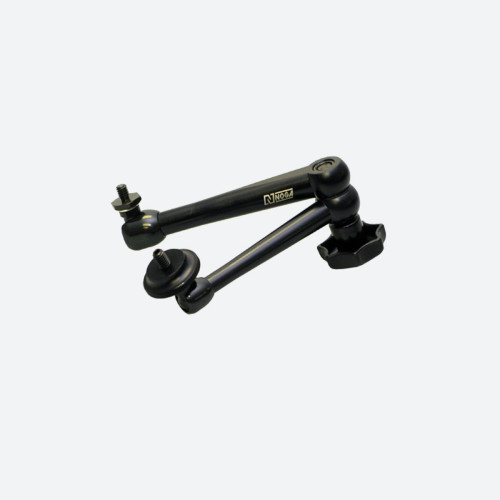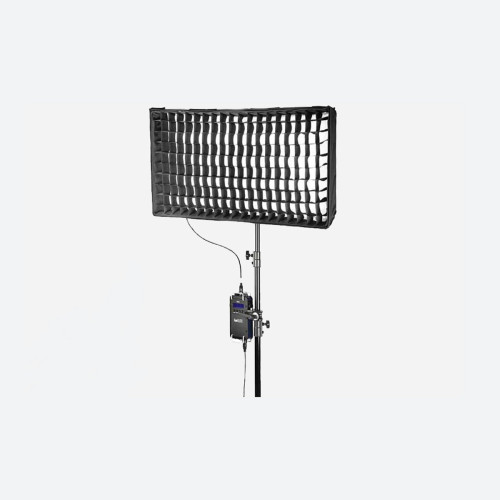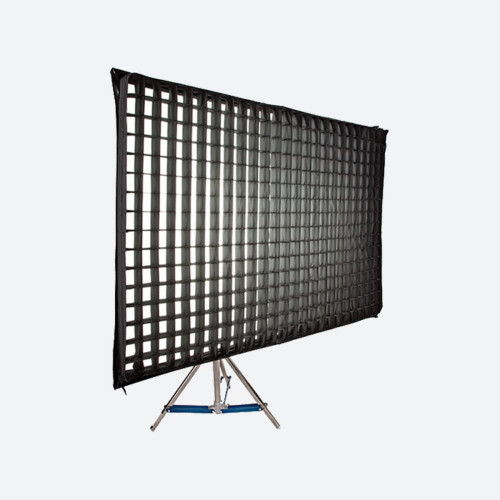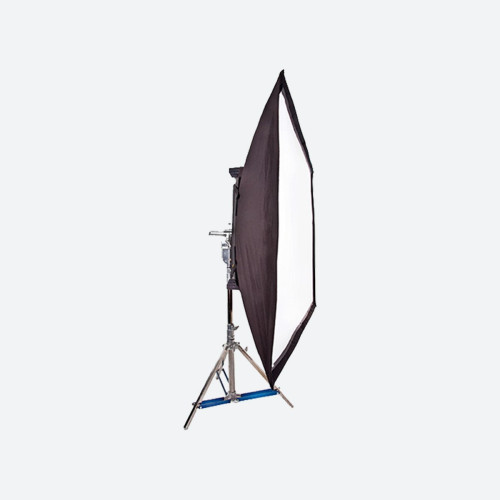by Adam Glasman Issue 112 - April 2016
Colorist Adam Glasman reveals how he was inspired by the classics to grade Oscar nominated transgender pioneer biopic, "The Danish Girl".
Based on the book by David Ebershoff, "The Danish Girl", which has received four Oscar nominations this year, is the remarkable love story inspired by the lives of Lili Elbe and Gerda Wegener, portrayed by Academy Award winner Eddie Redmayne ("The Theory of Everything") and Alicia Vikander ("Ex Machina"), and directed by Academy Award winner Tom Hooper ("The King\'s Speech", "Les Miserables"). Lili and Gerda\'s marriage and work evolve as they navigate Lili\'s groundbreaking journey as a transgender pioneer.
"I\'m pretty happy with the work on \'The Danish Girl\' when it came to grading.
It looked gorgeous from the start; the production design was amazing and it was wonderfully shot by cinematographer Danny Cohen. I\'ve worked together with him a lot and it\'s always a pleasure,\" begins colorist at Goldcrest Post London, Adam Glasman. For three weeks, he worked with Hooper and Cohen to create painting inspired grades in DaVinci Resolve Studio that would determine "The Danish Girl\'s\" final look.
Painterly Inspiration
To develop the grade, the team took inspiration from one of the main themes within the film itself: Danish art. "We wanted to back away from the slightly digital feel of the raw material, instead opting for a much softer, more painterly aesthetic,\" Glasman explains, revealing that Hooper took a very hands on approach to the grading process.
"Ultimately, the main reference for our grade as well as the production design was actually Danish painter Vilhelm Hammershoi, who was active as an artist during the same period as Gerda Wegener and Lili Elbe. We literally held up a book of his work in daylight balanced light conditions, then I was told to almost identically match what we saw in the book to the look of the film.\"
"There are several scenes, particularly in the Wegener\'s flat, that come very close to our reference,\" he continues. "For example, at one point Einar is dressed as Lili and sitting on a table in the flat crying, and you see a POV wide shot of Gerda looking at her that\'s almost identical to a well known Hammershoi painting. Of course, as a colorist, you are often given photographic or illustrated references, but they are usually only tools to give you a general idea of the mood you need to create. It\'s not normally as specific as \'The Danish Girl.\'"
Though the results were impressive, matching the Hammershoi paintings\' unique palette to the final grade was one of the biggest challenges Glasman faced throughout his work on the feature.
"It\'s interesting because it\'s been my experience that sometimes more subtle grades, like the one for the Wegener\'s flat, are actually more difficult to achieve than the bolder ones. The DaVinci Resolve toolset was a great help in this process,\" says Glasman, who explains that the usual pipeline at Goldcrest Post London involves using Resolve from start to finish, including conforming directly within Resolve and even some visual effects work.
"To achieve the Hammershoi look, we began by using a lookup table that had a great filmic feel to it, and then applied varying tone curve adjustments to give the soft, painterly result. We then decided to go for a bolder look when Lili and Gerda move to live a much less austere life in Paris. Compared to our grading work in Copenhagen, Paris is more colorful and really emphasizes the two different worlds, and lives, the characters are leading."
Mastering Skin Tones
Another challenge for Glasman with "The Danish Girl\" was making sure all the skin tones looked correct. "Though actress Alicia Vikander, who plays Gerda, is Scandinavian, she is actually very olive skinned and was
quite sun tanned on this film,\" says Glasman. "This clashed with Eddie Redmayne, who is very pale, with an almost blue skin tone in comparison. We did a lot of work to equalize their skin tones and minimize that difference."
Further skin grading work was needed towards the end of the film, when Lili decides to undergo several dangerous new sex reassignment surgeries to gain female anatomy for good.
"For this, we needed to make Redmayne look quite sick as the storyline develops, but without ever going over doing it or he would have looked like a cadaver,\" Glasman adds. "To create this effect, we first keyed his skin to isolate it from the rest of the image, then desaturated it. Next, I used Resolve\'s rotoscoping, tracking and grading tools to create some shadowing across his face, particularly under his eyes."
"The grade for \'The Danish Girl\' was tricky to achieve,\" Glasman concludes, "but with the help of Resolve we were able to really bring everything together."




